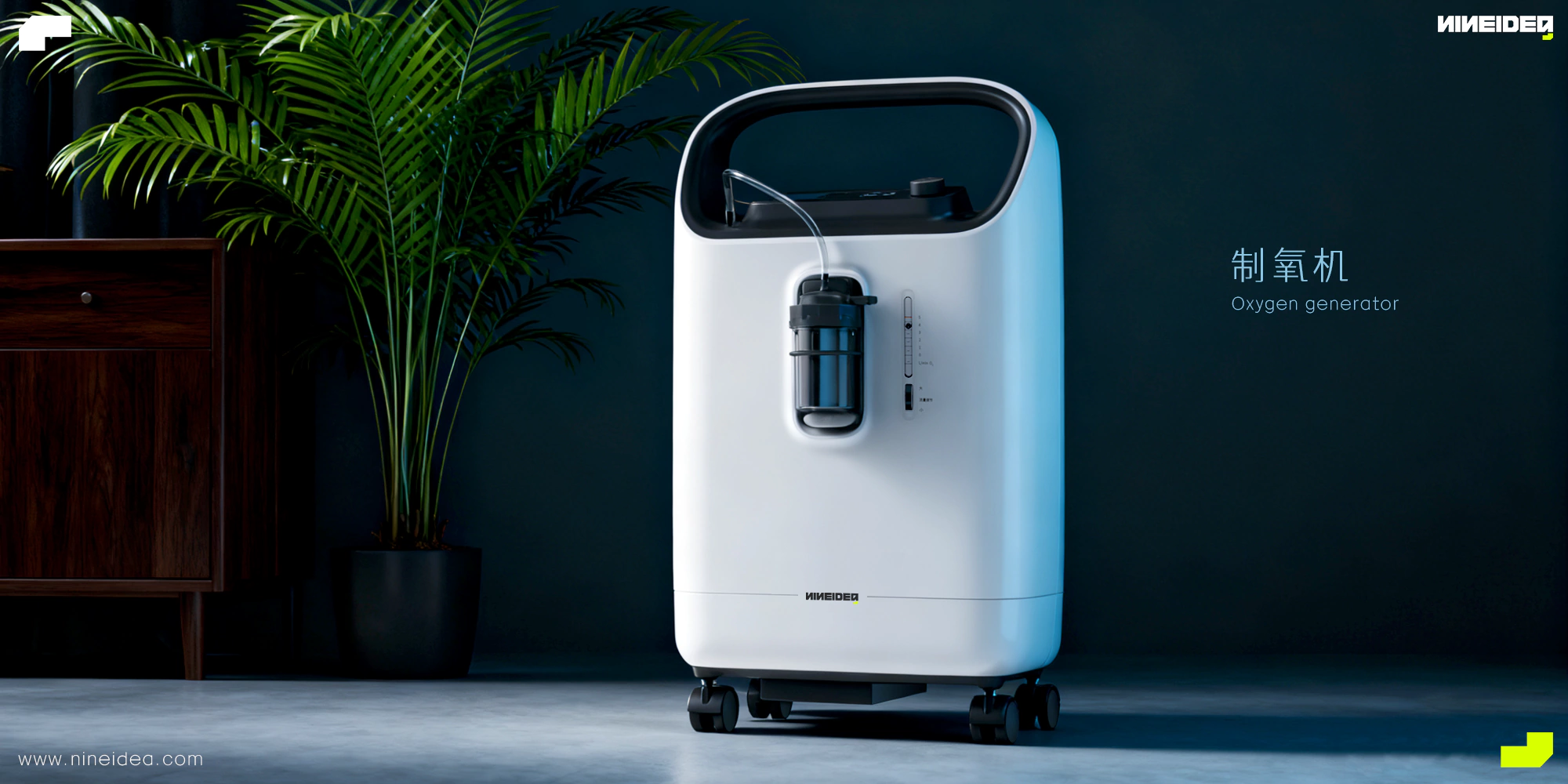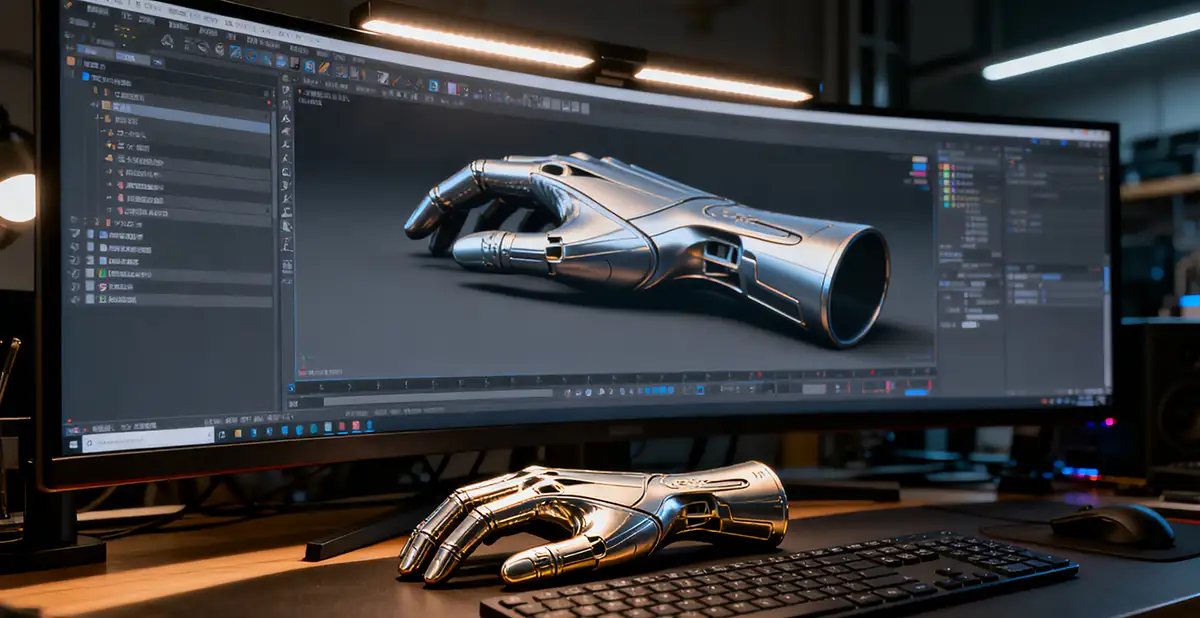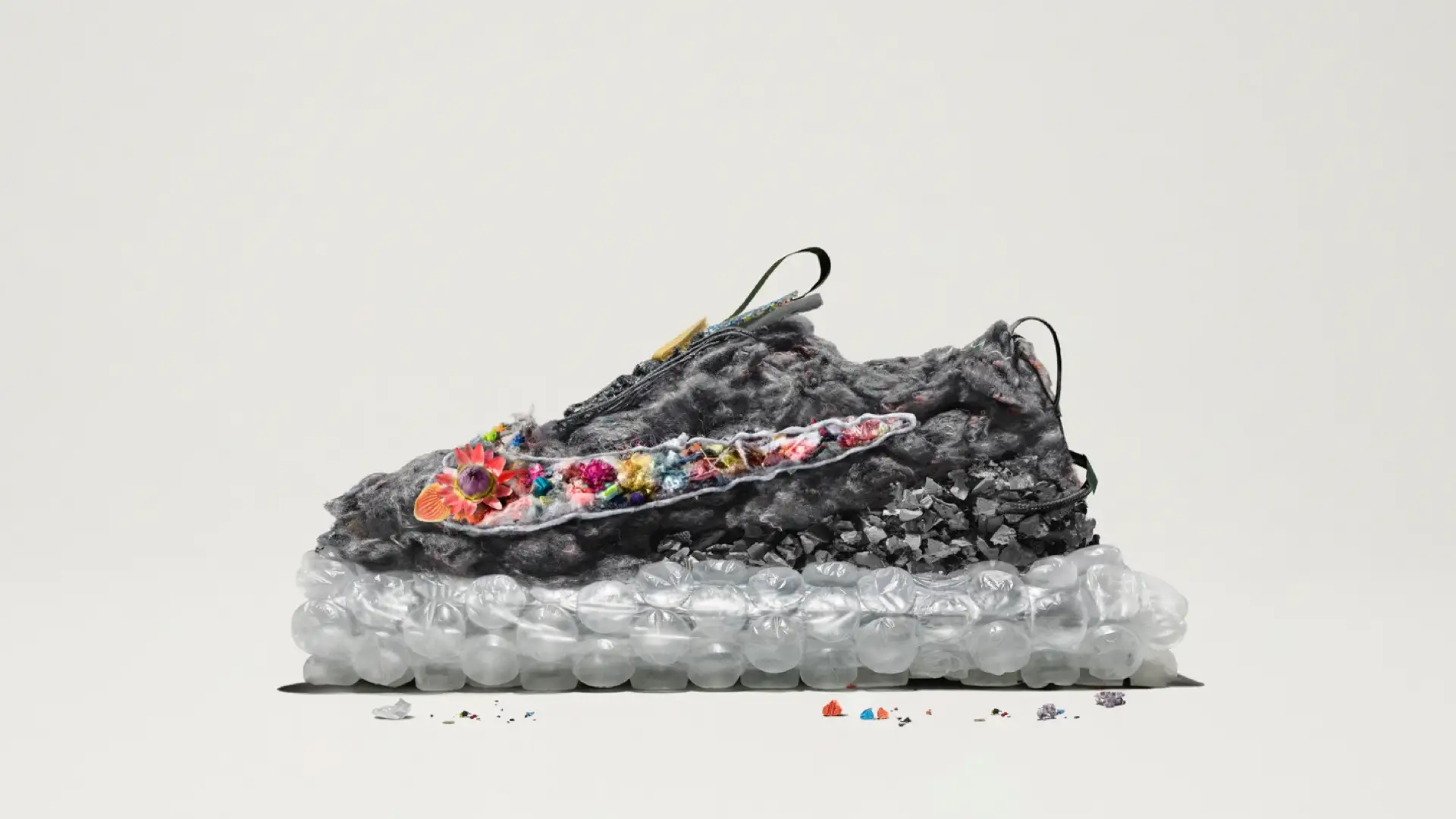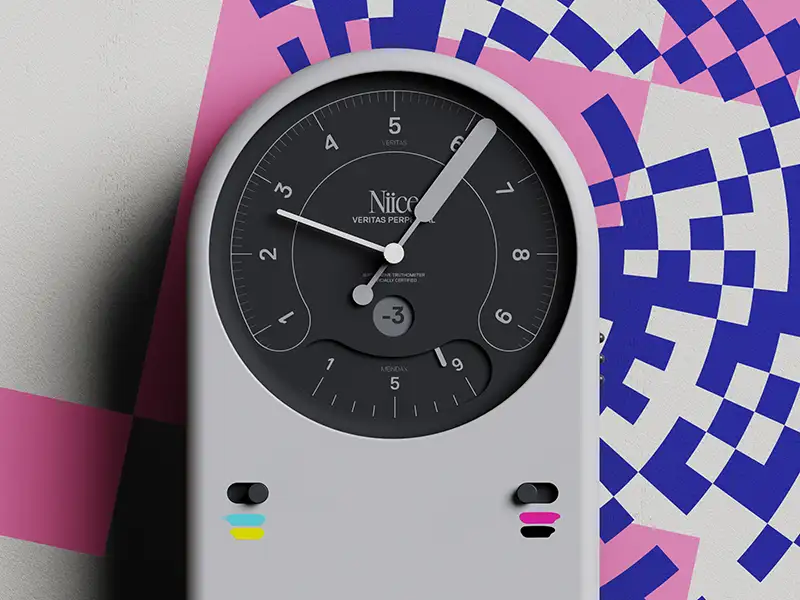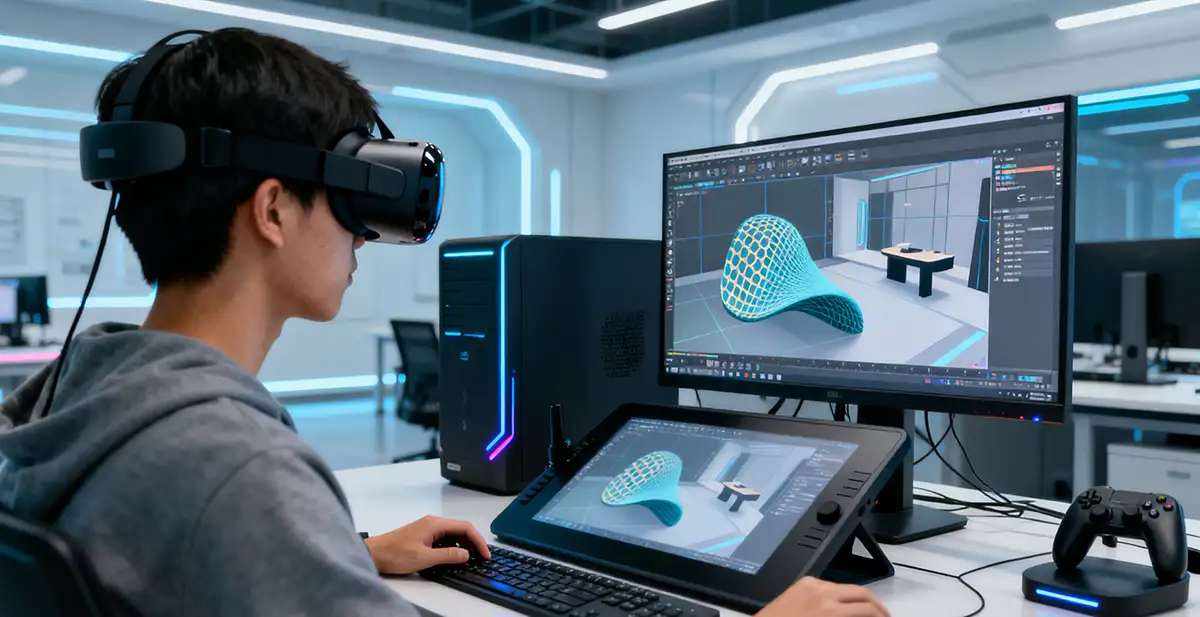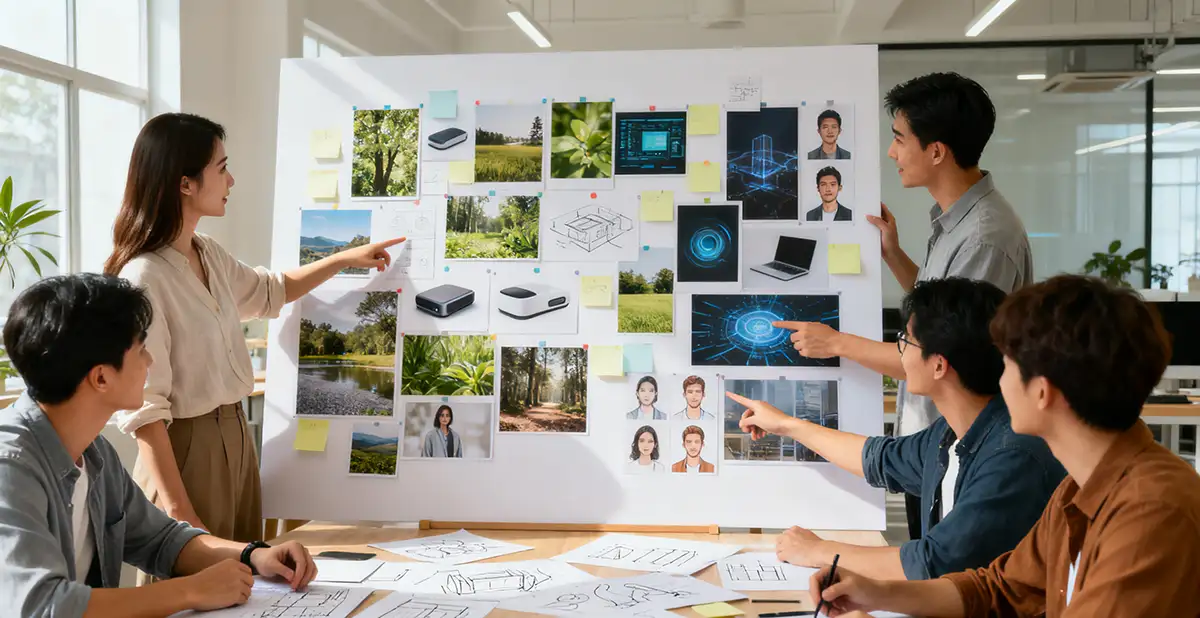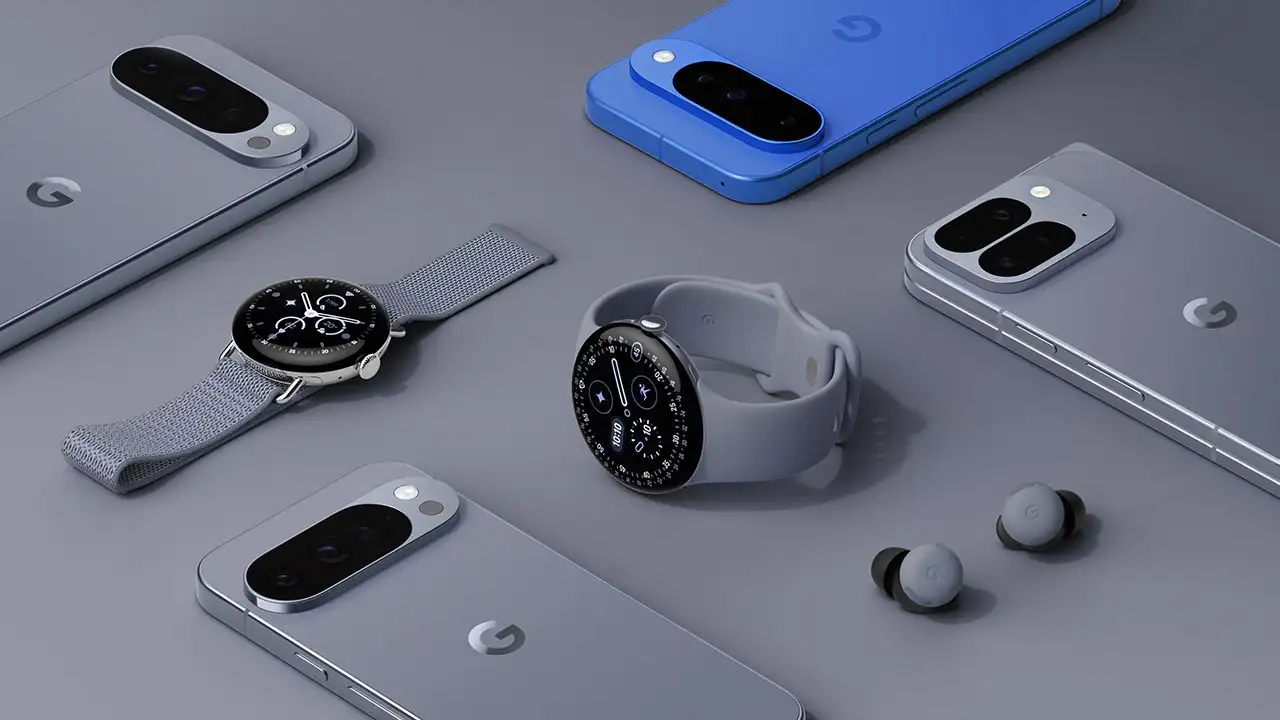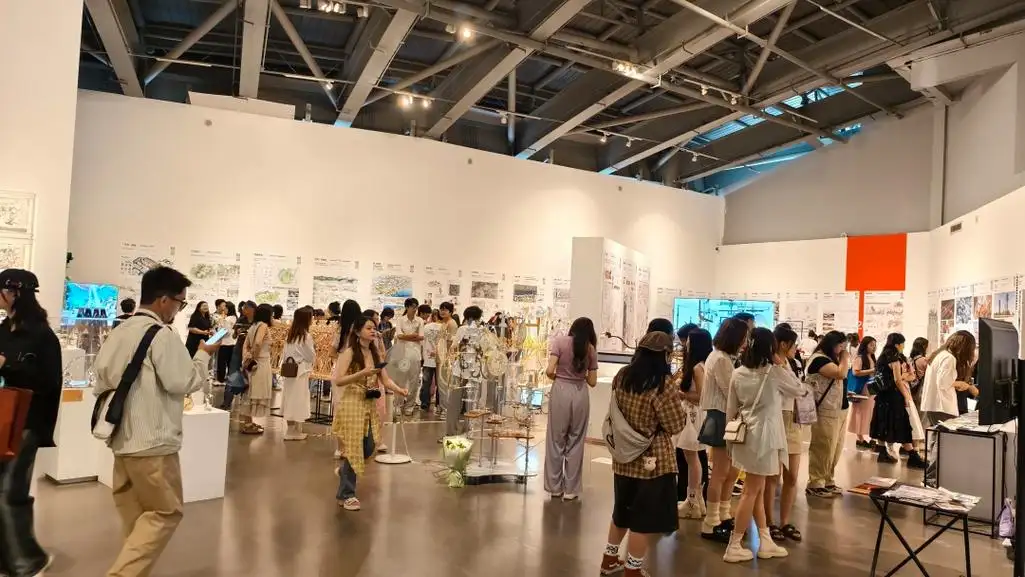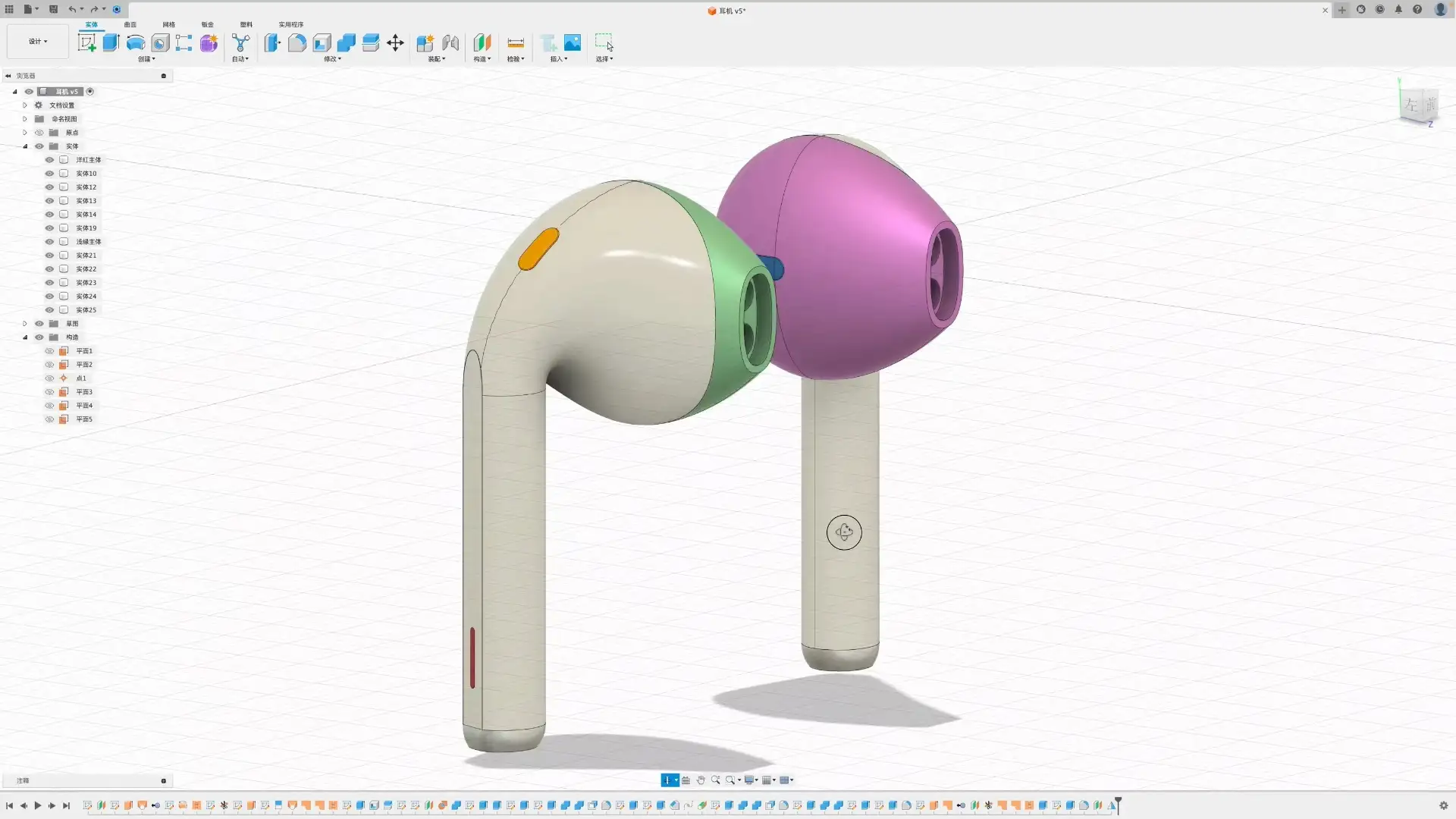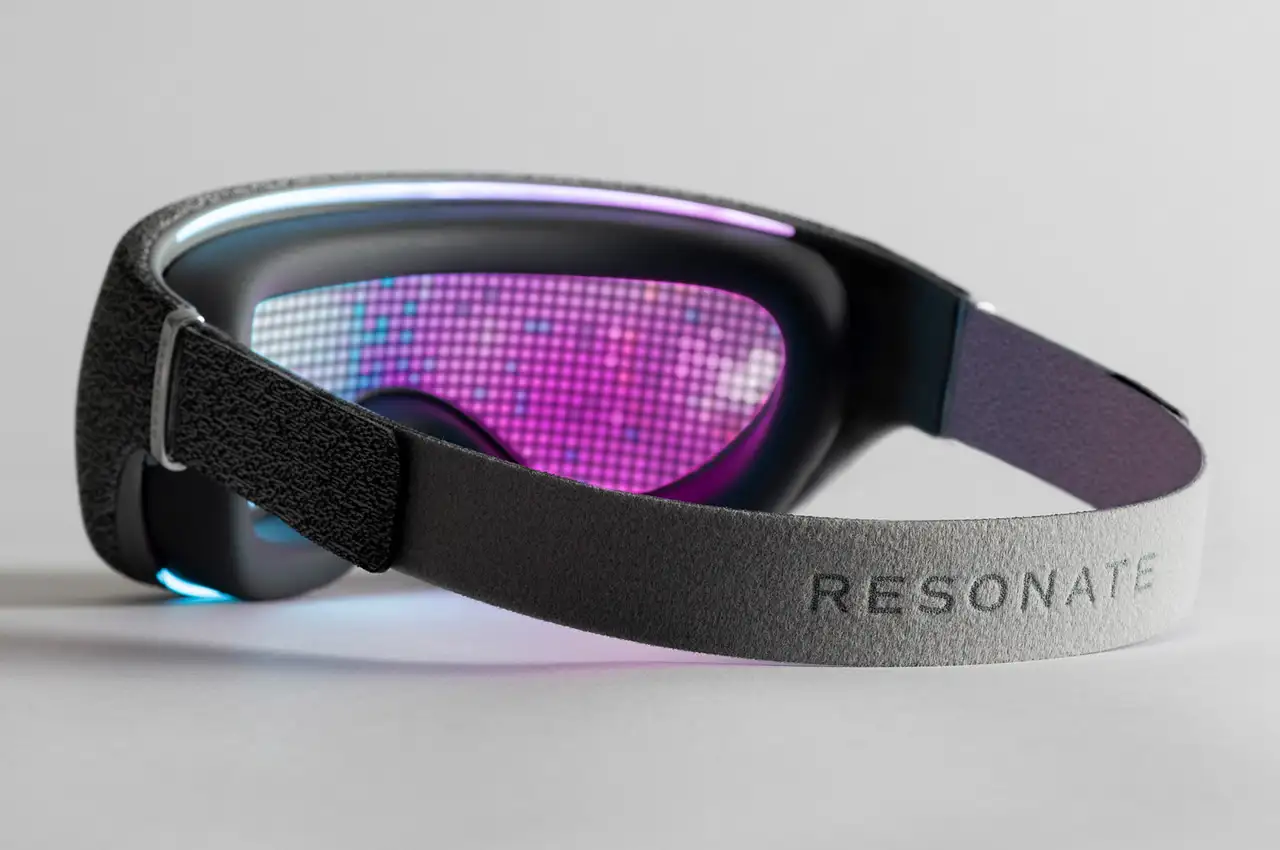NINEIDEA:产品外观设计与结构设计是产品研发中两个核心环节,二者既相互依存又存在天然矛盾,其关系可从 “对立统一” 的角度深入解读:
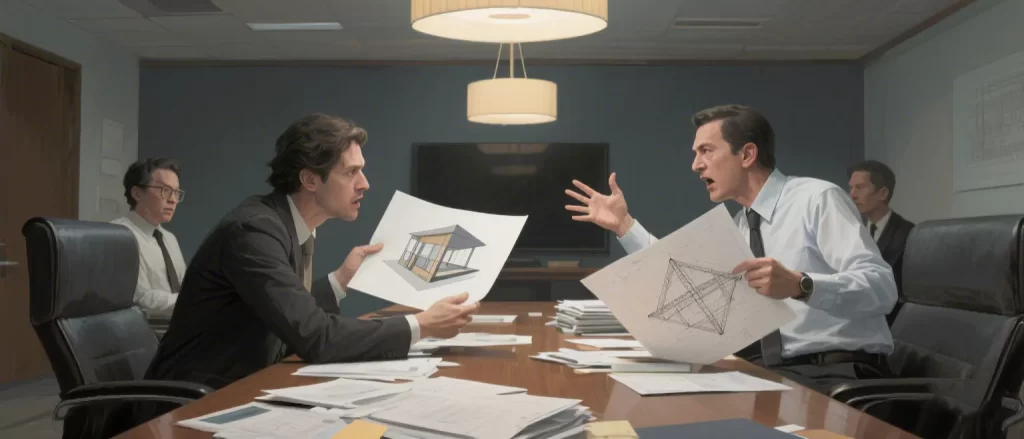
二者的本质关系:共生共长的统一体
目标统一性
二者共同服务于产品的核心价值 —— 外观设计通过形态、色彩、材质(CMF)传递品牌调性与用户体验,结构设计通过功能布局、力学支撑、工艺实现保障产品的实用性与可靠性。
例:iPhone 的一体化机身设计,外观上追求极致轻薄与视觉简洁,结构上需通过航空级铝镁合金框架、精密堆叠主板元件来实现强度与功能的平衡。
相互依存的实现逻辑
产品外观设计为结构设计划定 “可能性边界”:如曲面屏、无边界设计等外观需求,倒逼结构设计突破传统卡扣连接,采用更精密的胶粘工艺或柔性支撑结构。
结构设计为外观设计提供 “落地支撑”:若结构设计无法实现(如电池体积过大导致机身过厚),外观设计的创意将沦为空谈。
核心矛盾:理想与现实的博弈
“美观” 与 “功能” 的冲突
产品外观设计倾向于 “减法”:追求简洁线条(如隐藏螺丝孔、减少接缝),而结构设计需要 “加法”:为满足散热、拆卸维修、卡扣固定等功能,可能需要保留必要的结构件(如手机中框的注塑断点、汽车引擎盖的散热筋)。
矛盾案例:某家电产品为追求 “全镜面无孔外观”,取消传统散热孔,导致结构设计被迫采用成本更高的底部隐藏式散热方案,甚至牺牲部分散热效率。
“创新” 与 “可行性” 的博弈
产品外观设计追求突破性创新(如非常规材料、复杂曲面、异形结构),而结构设计受限于工艺制程(如注塑模具精度、金属折弯半径)、材料特性(如玻璃脆性、碳纤维成型难度)及生产成本。
矛盾案例:某汽车品牌尝试采用 “无 B 柱对开门” 外观设计,结构设计需解决车身强度与碰撞安全问题,最终因成本过高且难以通过安全认证而放弃。
“用户体验” 与 “生产成本” 的平衡难题
产品外观设计注重用户的 “视觉与触觉体验”(如细腻的表面处理、精致的倒角弧度),而结构设计需控制模具成本、加工难度及良品率。
矛盾案例:手机陶瓷背板质感优越,但结构设计面临陶瓷烧结良品率低、信号屏蔽(需开天线缝)、重量增加等问题,导致高端机型被迫在 “体验” 与 “成本” 间取舍。
矛盾协调:从 “对立” 到 “协同” 的设计思维

早期介入:建立 “并行设计” 机制
产品外观与结构团队在项目初期同步参与需求分析,避免 “外观定稿后结构被迫妥协” 的被动局面。例如,在智能手表设计中,提前协商电池容量与机身厚度的临界值,平衡续航需求与佩戴舒适度。
技术赋能:用创新消解矛盾
新材料(如镁合金、液态金属)、新工艺(如 3D 打印、一体成型)为外观与结构的双重突破提供可能。例如,小米 MIX 系列通过 “悬臂梁结构” 解决了全面屏手机的前置摄像头隐藏问题,兼顾外观完整性与功能实现。
用户需求导向:动态优先级排序
根据产品定位明确核心矛盾的解决方案:
高端产品:优先满足外观体验,结构设计可接受更高成本(如奢侈品手表的手工打磨工艺);
大众产品:结构设计主导成本与量产可行性,外观设计在既定框架内创新(如平价家电的模块化外观设计)。
跨学科融合:培养 “全链路设计思维”
设计师需理解结构设计的工程逻辑(如材料力学、公差配合),结构工程师需具备审美素养,避免 “功能实现但外观廉价” 或 “外观惊艳但结构脆弱” 的极端情况。
在矛盾中寻找 “最优解”
产品设计的本质是 “戴着镣铐跳舞”—— 外观设计与结构设计的矛盾,本质上是 “用户感性需求” 与 “技术理性约束” 的碰撞。二者的理想关系并非 “谁妥协于谁”,而是通过 “目标对齐、早期协同、技术突破”,在商业目标、用户体验、工程可行性之间找到动态平衡。正如 Dieter Rams 所言:“好的设计是实用的(功能性),同时是美的(视觉体验)”,而这一目标的实现,依赖于外观与结构在矛盾中共同进化。

Interpretation of the Relationship and Contradiction between Product Appearance Design and Structural Design
NINEIDEA: Product appearance design and structural design are two core links in product development, which are interdependent and have natural contradictions. Their relationship can be deeply interpreted from the perspective of “unity of opposites”:
The essential relationship between the two: a symbiotic unity that grows together
Goal unity
Both serve the core value of the product together – appearance design conveys brand tone and user experience through form, color, and material (CMF), while structural design ensures the practicality and reliability of the product through functional layout, mechanical support, and craftsmanship.
Example: The integrated body design of iPhone pursues ultimate lightness and visual simplicity in appearance, and the structure requires the use of aviation grade aluminum magnesium alloy frame and precision stacked motherboard components to achieve a balance between strength and functionality.
The implementation logic of interdependence
The appearance design delineates the “possibility boundary” for structural design, such as curved screens, borderless designs, and other appearance requirements, forcing structural design to break through traditional buckle connections and adopt more precise adhesive processes or flexible support structures.
Structural design provides “ground support” for exterior design: if structural design cannot be achieved (such as excessive battery volume causing the body to be too thick), the creativity of exterior design will become empty talk.
Core contradiction: the game between ideals and reality
The conflict between “aesthetics” and “functionality”
The appearance design tends to be “subtractive”: pursuing simple lines (such as hiding screw holes and reducing seams), while the structural design requires “additive”: in order to meet functions such as heat dissipation, disassembly and maintenance, and buckle fixation, necessary structural components may need to be retained (such as injection molded break points in the phone frame and heat dissipation ribs in the car hood).
Contradictory case: In pursuit of a “full mirror non porous appearance”, a certain household appliance product cancelled traditional heat dissipation holes, forcing the structural design to adopt a more expensive bottom hidden heat dissipation scheme, even sacrificing some heat dissipation efficiency.
The game between “innovation” and “feasibility”
The appearance design pursues breakthrough innovation (such as unconventional materials, complex surfaces, and irregular structures), while the structural design is limited by the process (such as injection mold accuracy, metal bending radius), material characteristics (such as glass brittleness, difficulty in forming carbon fiber), and production costs.
Contradictory case: A certain car brand attempted to adopt a “B-pillar free double door” exterior design, but the structural design needed to address the issues of body strength and collision safety. However, due to high costs and difficulty in obtaining safety certification, it ultimately gave up.
The balance problem between “user experience” and “production cost”
The appearance design focuses on the user’s “visual and tactile experience” (such as delicate surface treatment, exquisite chamfer curvature), while the structural design needs to control the mold cost, processing difficulty, and yield rate.
Contradictory case: The ceramic backplate of a mobile phone has superior texture, but its structural design faces problems such as low ceramic sintering yield, signal shielding (requiring antenna slots), and increased weight, which forces high-end models to choose between “experience” and “cost”.
Contradictory Coordination: Design Thinking from “Opposition” to “Collaboration”
Early intervention: Establishing a “parallel design” mechanism
The appearance and structure team will participate in requirement analysis synchronously in the early stages of the project to avoid the passive situation of “compromising the structure after finalizing the appearance”. For example, in the design of smartwatches, the critical values of battery capacity and body thickness are negotiated in advance to balance battery life requirements and wearing comfort.
Technological Empowerment: Resolving Contradictions through Innovation
New materials (such as magnesium alloys, liquid metals) and new processes (such as 3D printing, integrated molding) provide the possibility for a dual breakthrough in appearance and structure. For example, the Xiaomi MIX series solves the problem of hidden front cameras in full screen smartphones through a “cantilever beam structure”, balancing appearance integrity and functional implementation.
User demand orientation: dynamic priority sorting
Clear solutions to core contradictions based on product positioning:
High end products: prioritize meeting the appearance experience, and the structural design can accept higher costs (such as the manual polishing process of luxury watches);
Popular products: Structural design dominates cost and mass production feasibility, while exterior design innovates within established frameworks (such as modular exterior design for affordable household appliances).
Interdisciplinary integration: cultivating “full chain design thinking”
Designers need to understand the engineering logic of structural design (such as material mechanics, tolerance fit), and structural engineers need to have aesthetic literacy to avoid extreme situations of “functional implementation but cheap appearance” or “stunning appearance but fragile structure”.
Searching for the ‘optimal solution’ in contradictions
The essence of product design is “dancing with shackles on” – the contradiction between appearance design and structural design is essentially the collision of “user emotional needs” and “technical rational constraints”. The ideal relationship between the two is not about “who compromises to whom”, but about finding a dynamic balance between business goals, user experience, and engineering feasibility through “goal alignment, early collaboration, and technological breakthroughs”. As Dieter Rams once said, “Good design is both practical (functionality) and beautiful (visual experience),” and the achievement of this goal relies on the co evolution of appearance and structure in contradiction.















